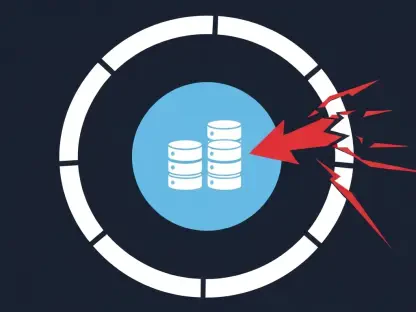I’m thrilled to sit down with Oscar Vail, a renowned technology expert whose insights into emerging fields like quantum computing, robotics, and open-source projects have positioned him as a thought leader in the industry. With a deep understanding of how technology intersects with business operations, Oscar brings a unique perspective on the critical role of accounting software in shaping data analytics and decision-making for finance and business intelligence (BI) teams. In this conversation, we explore the strategic importance of software selection, the evolving responsibilities of finance professionals, and the key factors that drive successful integration and analytics outcomes.
Why do you believe selecting the right accounting software is such a pivotal decision for finance and BI teams in today’s business landscape?
It’s really about the foundation of data-driven decision-making. Accounting software isn’t just a tool for tracking numbers; it’s the primary source of financial data that feeds into analytics for forecasting, risk assessment, and strategic planning. When the software aligns with an organization’s needs, it streamlines data collection and ensures accuracy, which BI teams rely on to generate actionable insights. A mismatch, on the other hand, can create silos, errors, or delays that ripple across the entire organization, hampering everything from budgeting to market responsiveness.
How have you seen the role of finance teams evolve beyond traditional bookkeeping in recent years?
Finance teams have become central to strategic operations. They’re no longer just closing the books; they’re often overseeing areas like risk management, compliance, and even IT initiatives. I’ve seen CFOs take on roles in guiding digital transformation, especially as data becomes a core asset. This shift means they’re partnering more closely with BI teams to turn raw numbers into predictive models or growth strategies, which is a huge leap from their historical focus on reporting past performance.
In what ways does accounting software influence the accuracy of reporting and forecasting within an organization?
The software is essentially the gatekeeper of data quality. If it’s designed with robust analytics features, it can structure and deliver data in a way that enhances forecasting precision—think real-time updates or detailed transaction breakdowns. Without those capabilities, you’re stuck with outdated or incomplete datasets, which can turn forecasts into educated guesses at best. I’ve noticed that companies with better systems often see a direct boost in efficiency because their insights are grounded in reliable, timely information.
What features do you prioritize when evaluating accounting software for a growing business?
Scalability tops the list for me. As a business expands, the software needs to handle more transactions, users, or even new markets without buckling under the pressure. I also look for strong API compatibility—integration with BI tools or other platforms is non-negotiable for seamless data flow. Real-time reporting is another must-have; waiting for end-of-month reports just doesn’t cut it anymore. And honestly, built-in analytics dashboards can be a game-changer for quick, day-to-day decisions without needing to jump between systems.
How do you weigh the pros and cons of cloud-based versus on-premise accounting software solutions?
It often boils down to flexibility versus control. Cloud solutions are fantastic for their lower upfront costs, automatic updates, and ease of integration with other digital tools, which is a big plus for BI teams. But they come with concerns around data security and vendor dependency. On-premise offers more control over customization and security, which some organizations prefer, though it’s costlier to maintain and less agile for scaling. I’d say the decision hinges on a company’s IT resources and risk appetite—cloud often wins for dynamic, growth-focused firms, while on-premise suits those with strict compliance needs.
Why is it crucial for accounting software to align with an organization’s broader goals and workflows?
Because finance data touches every corner of a business—sales, operations, HR, you name it. If the software doesn’t support cross-departmental workflows or allow BI teams easy access to data, you end up with bottlenecks that stifle collaboration and innovation. I’ve seen organizations struggle when their systems create barriers instead of bridges; alignment ensures that everyone, from analysts to executives, can leverage financial insights to drive the company’s strategic objectives forward.
What steps do you recommend for thoroughly evaluating potential software vendors before making a decision?
Start with hands-on testing—demos or trial runs with your own data are invaluable for spotting real-world strengths and weaknesses. Then, gather input from stakeholders across finance, BI, and IT to ensure the solution meets diverse needs. I also suggest creating a comparison checklist that covers scalability, API quality, security standards, and cost structures. Lastly, consider industry fit; some vendors offer tailored features that can save significant setup time if they match your sector’s unique demands.
What is your forecast for the future of accounting software and its role in business intelligence over the next decade?
I expect accounting software to become even more deeply integrated with BI, evolving into platforms that not only record data but actively drive insights through AI and machine learning. We’ll likely see greater emphasis on real-time analytics and predictive capabilities as standard features, pushing finance teams further into strategic roles. Cloud adoption will probably dominate as security concerns ease and remote collaboration grows. Ultimately, the software will be less of a standalone tool and more of a central hub for organizational intelligence, helping companies stay agile in an increasingly data-driven world.









